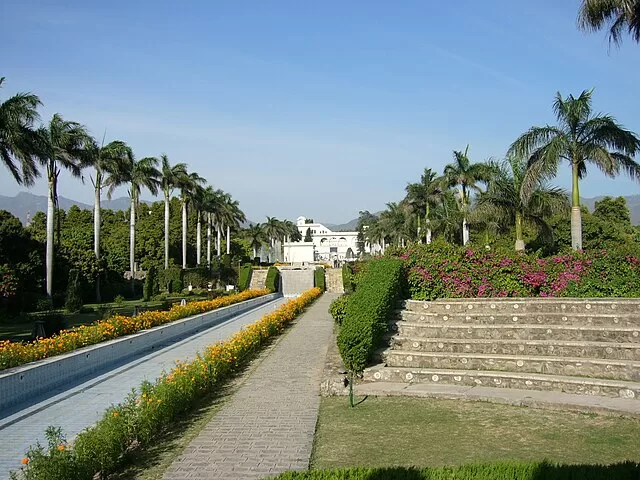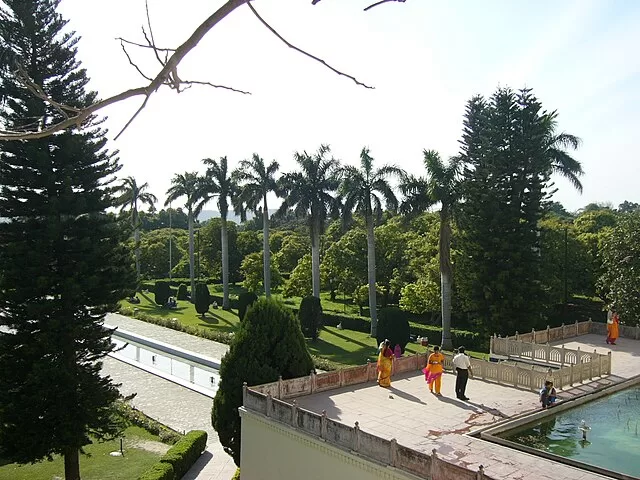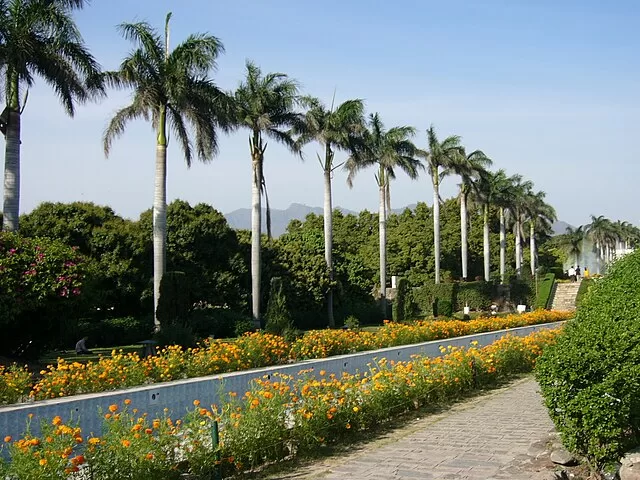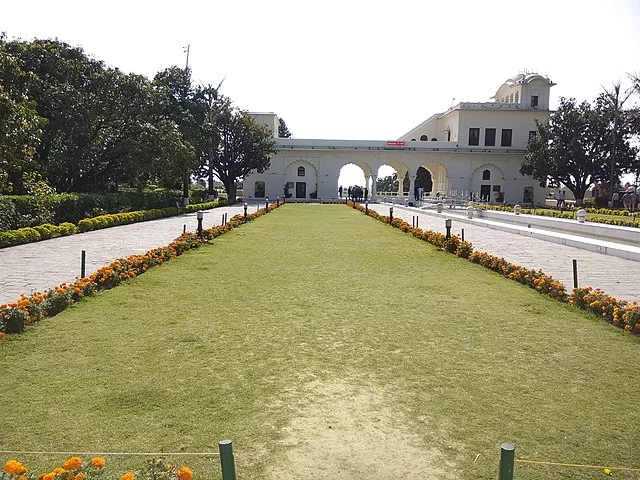Pinjore Garden, also known as Yadavindra Gardens, is a breathtaking horticultural masterpiece nestled in the charming town of Pinjore, India. With its meticulously designed landscapes, cascading fountains, and historical significance, this enchanting garden has become a favorite destination for both locals and tourists alike. Let’s take a leisurely stroll through the captivating beauty and rich history of Pinjore Garden.

Historical Significance
Dating back to the 17th century, Pinjore Garden was commissioned by Aurangzeb’s foster brother, Nawab Fidai Khan. The garden’s historical significance lies in its role as a witness to the passage of time and the unfolding of various dynasties.
Architectural Marvels
The garden’s layout reflects the Persian Charbagh style, characterized by its fourfold division, intersecting pathways, and central water channels. The symmetrical design imparts a sense of balance and order.
The Mughal Influence

The Mughal aesthetics are evident in the garden’s design elements. The elegant pavilions, intricate jaali work, and ornate gateways showcase the Mughal architectural finesse.
Lush Greenery and Flora
As you explore the garden, you’ll be greeted by a lush canopy of trees, vibrant flowerbeds, and well-manicured lawns. The variety of plants and trees creates a soothing ambiance.
Fountains: Dancing Water Symphony

Pinjore Garden boasts a mesmerizing array of fountains that come to life with a choreographed water dance during special events. The rhythmic play of water is a sight to behold.
Serene Water Features
Tranquil pools and water channels enhance the garden’s serenity. The gentle gurgling of water adds to the peaceful atmosphere, making it an ideal spot for relaxation.
Evening Illumination: A Visual Delight
As the sun sets, the garden transforms into a magical wonderland with artistic illumination. The interplay of light and shadows adds a touch of mystique.
A Relaxing Escape

Pinjore Garden provides a perfect backdrop for leisurely walks, picnics, and unwinding amidst nature’s beauty. The fresh air and peaceful surroundings are a balm for the soul.
Cultural Events and Festivals
The garden comes alive during various cultural events and festivals. These celebrations offer a glimpse into the local culture and traditions, creating unforgettable memories.
Preservation Efforts
Efforts are underway to preserve and restore the garden’s historical and ecological significance. Conservation initiatives ensure that future generations can continue to enjoy its splendor.
How to Get There
Accessing Pinjore Garden is convenient, whether you’re arriving by car or using public transportation. Plan your journey to this paradise with ease.
Exploring Nearby Attractions
Extend your visit by exploring nearby attractions such as Morni Hills and Kalka. These destinations complement your garden experience with more natural and cultural treasures.
Conclusion
In a world where tranquility often feels out of reach, Pinjore Garden stands as a testament to the beauty of coexisting with nature. Its historical significance, architectural marvels, and serene ambience make it a must-visit destination for all who seek solace and inspiration.
FAQs
Q1: Can I bring food to the garden for a picnic?
A: Yes, you can bring your own food and enjoy a picnic amidst the scenic beauty.
Q2: Are there any guided tours available?
A: Yes, the garden offers guided tours that provide insights into its history and design.
Q3: Is photography allowed inside the garden?
A: Yes, photography for personal use is allowed. However, there might be restrictions during cultural events.
Q4: What is the best time to visit Pinjore Garden?
A: The best time to visit is during the cooler months, from October to March, when the weather is pleasant.
Q5: Are pets allowed inside the garden?
A: Unfortunately, pets are not allowed inside the garden premises.

